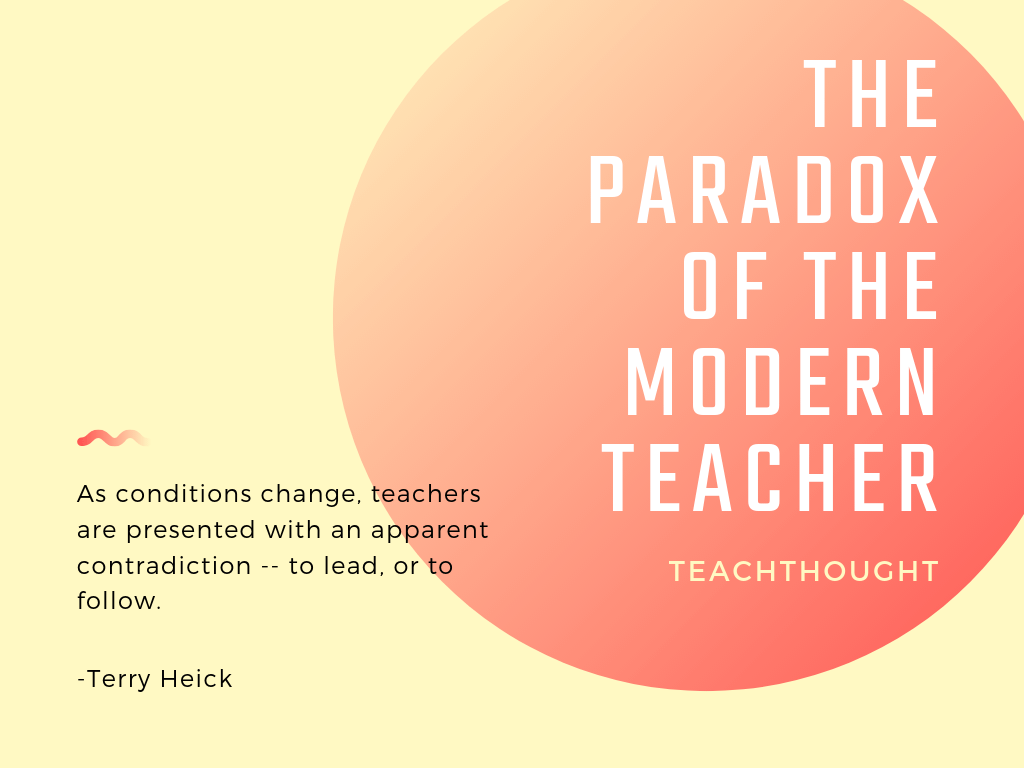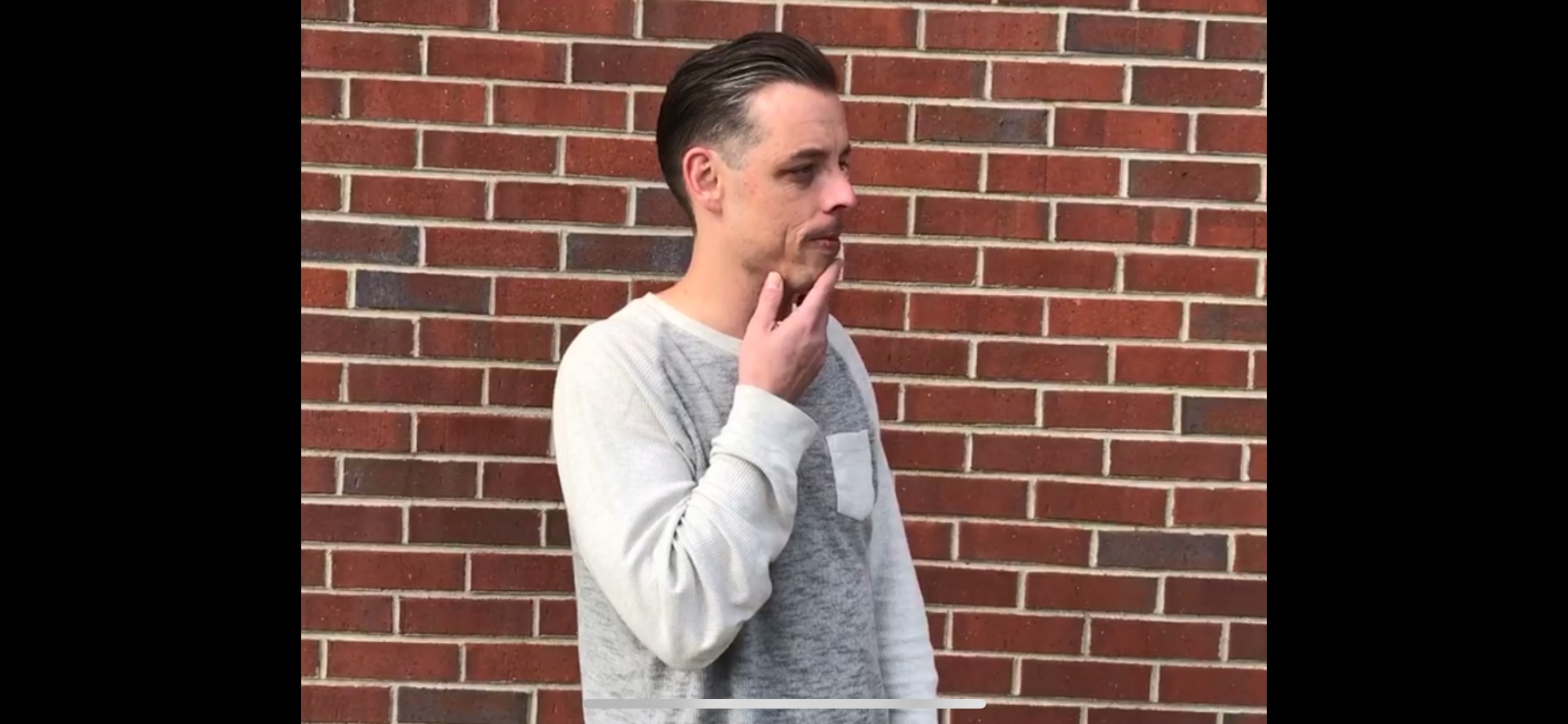 The Paradox Of The Modern Teacher
The Paradox Of The Modern Teacher
by Terry Heick
23 propositions in an attempt to etch out the paradox of the modern teacher.
- Teaching is just a word.
- As a word, it connotes the distribution of knowledge.
- Knowledge, as a word, connotes a blend of facts, perspectives, and abstractions.
- Collectively, these components cannot be distributed.
- Knowledge, therefore, cannot be distributed, but content can.
- In response, education parses “knowledge” into content, and content again into standards–then distributes content in hopes that knowledge results.
- Because of technology, it is less necessary than ever for teachers to distribute content. There are new roles, including connecting students with peers, networks, and content that is not packaged academically.
- This is somewhat at odds with the traditional sense/connotations of teaching.
- Teaching can be thought of as involving two phases: 1) An invitation to learning–the strategic interaction between students and content, and 2) Managing the response to the above interaction.
- This approach centralizes the modern teacher as the most crucial of all to the success of a learning process–a process that at the cognitive level is between the student and the content.
- This makes even the “best” teacher the bottleneck of every process–a process itself made of countless–and endlessly shifting–parts: people, content, technology, strategies, and trends.
- These parts are in a constant state of change, much like a liquid. They take the shape of local cultural (human), and technological (non-human) vessels.
- This suggests that teaching itself must also be like a liquid. If teaching is just a word, as with other words its meaning changes over time.
- Teachers are evaluated, in part, by their ability to manage learning processes. This management comes from their definition of their own profession. Their self-image and identity here influence how they fulfill their role in the learning process.
- That role will change endlessly. It isn’t critical, then, how it is labeled–facilitator, guide, coach, etc.–but it is critical how it is conceived and purposed by the teachers and their colleagues.
- As conditions change, teachers are presented with an apparent contradiction. They are asked to show leadership as well as “followship”; to innovate and to “buy-in”; to respect both wisdom and trend; to focus not on what they’re doing, but on what students do; to connect, to filter, and to shield.
- Through technology, students are increasingly exposed to more and more information–facts, perspectives, and abstractions.
- The modern teacher has the ability to control the flow of that information–to teach wide open, or act as a strategic filter. Go with the flow, or less is more.
- Curriculum, assessment, learning models, and technology may evolve recklessly, or refuse to evolve at all. The same with content, prevailing public opinion, social taboos, and so on. These are all practices and ideas teaching has to respond to. Teachers don’t have the luxury of refusing to respond.
- Not all change is good. Only over time can cause-effect be properly sorted out. Evolution, by its very nature, is neither good nor bad, but rather aligned or not with local ecologies.
- The truly “modern teacher” is then faced with a problem. They are, ultimately, defined by their ability to identify and respond to changing cultural, knowledge, and technological trends while instinctively being uncertain of the change, of their role in regards to that change, and of their autonomy in enacting it.
- The world is moving forward at breakneck speed, and every bit of that change–in ed policy, standards, curriculum, and technology–is ultimately managed by the teacher where the rubber hits the road in the classroom.
- The paradox of the modern teacher can be thought of as this: As technology dissolves the walls of classrooms and connect students endlessly to everything, I am all that stands between the student and the world.
How should I respond?
The Paradox Of The Modern Teacher

